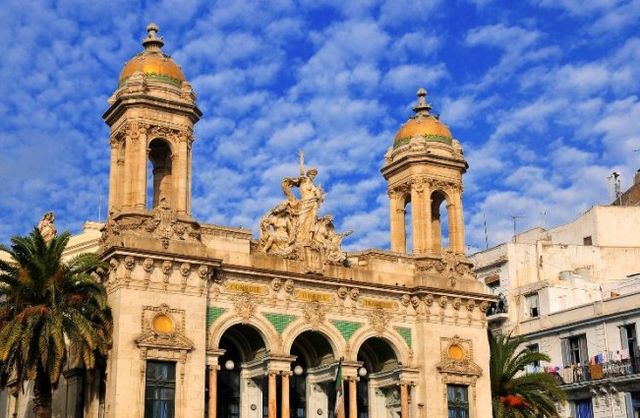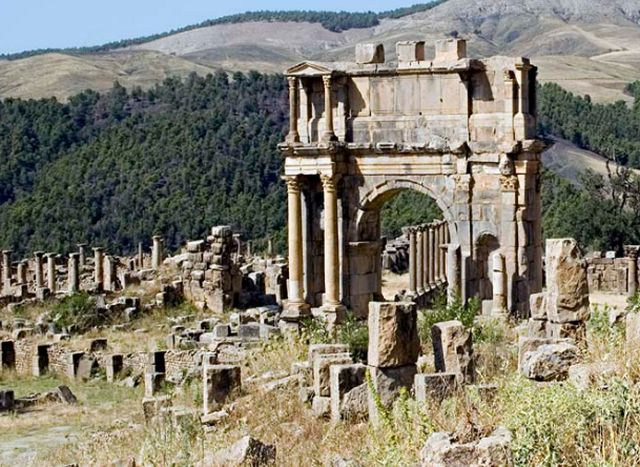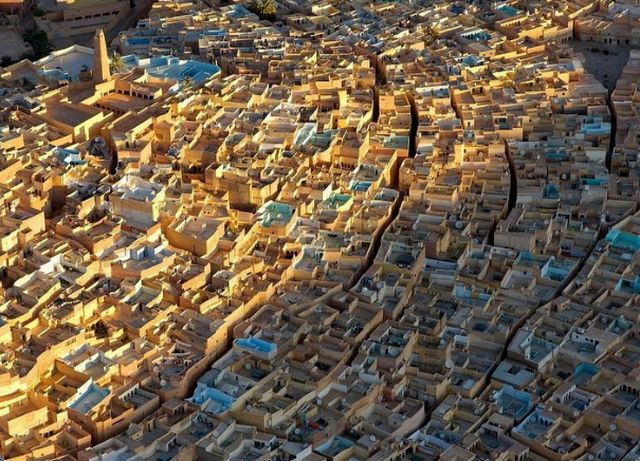Top 7 Archaeological Sites in Algeria You Must Visit
- Oryx Voyages

- Aug 20
- 3 min read
Algeria is one of the most beautiful countries in the Arab world and holds a significant place among tourist destinations with its unique nature. Tourism in Algeria is diverse, including entertainment venues, shopping malls, and natural sites.Every year, millions of visitors come to Algeria to explore its historical landmarks dating back to the Byzantine, Roman, and Islamic eras.
Along this journey, travelers encounter breathtaking natural landscapes, making their trip a truly enjoyable experience.

In this article, we will explore the most prominent archaeological sites in Algeria and their importance, which we highly recommend visiting.
Archaeological Sites in Algeria
Museums and historical monuments are spread across all Algerian cities. Let's discover the most important archaeological sites, their significance, and their location on the map.
The Beni Hammad Fort
One of Algeria’s most notable archaeological landmarks is the Beni Hammad Fort. It represents the true image of an Islamic city. It was founded in 1007 and destroyed in 1152. Located in the northeast of M’sila Province, about 30 km from it, and 225 km from the capital Algiers, the fort sits at an altitude of 1000 meters above sea level. It is surrounded by the stunning Hodna Mountains, forming a perfect backdrop for this magnificent historical and cultural treasure.

The Archaeological Site of Timgad
The ancient city of Timgad is one of the most significant archaeological landmarks in Algeria. Located in Batna, it initially served as an important defensive site before later becoming a major cultural center. It is the only Roman city that has preserved its historical layout, earning it a place on the UNESCO World Heritage List.

Notre Dame Cathedral
It is considered one of the most important landmarks in Algeria, distinguished by its location amidst green mountains. Its architecture bears Roman features. Located in the northeast of Algeria, in the province of Sétif, the city has been classified by UNESCO as one of the Algerian archaeological sites listed as a World Heritage Site.

Notre Dame Cathedral
Notre Dame Cathedral was built in 1872 during the French colonial period. It is located in a quiet neighborhood overlooking the Mediterranean Sea, which makes it stand out from other archaeological sites in Algeria. The cathedral is also notable for its unique Byzantine-style architecture. Inside, it houses engraved artworks highlighting its significance, such as a depiction of the Virgin Mary holding the Child Jesus, among others.

The Casbah of Béjaïa
It is one of the archaeological landmarks that attract tourists. Located in the Casbah district of Algeria, its history dates back to ancient times. It holds a significant strategic and historical position due to its unique location.

The M’zab Valley
It is a region located in the northern Sahara, about 550 km south of Algiers, with an area of approximately 38,000 square kilometers. It is bordered to the north by the Bouziar Valley and to the west by the Zarqoun Valley. The area contains many archaeological landmarks and consists of a plateau of limestone rocks, standing out from neighboring regions due to its harsh nature. The region enjoys a dry climate, especially in winter, making it an important tourist destination.

Tipasa
The city of Tipasa is home to many Roman ruins and is regarded as one of the finest archaeological sites in North Africa. It features an amphitheater that witnessed numerous naval battles during the 4th and 5th centuries. Among the remains found in Tipasa are temples such as the Temple of the Unknown, the Royal Mausoleum, the El-Halfaoui Cemetery, Tabon Fabia, and ancient ruins located on the western edge of the city. It is truly one of Algeria’s remarkable archaeological landmarks.











Comments